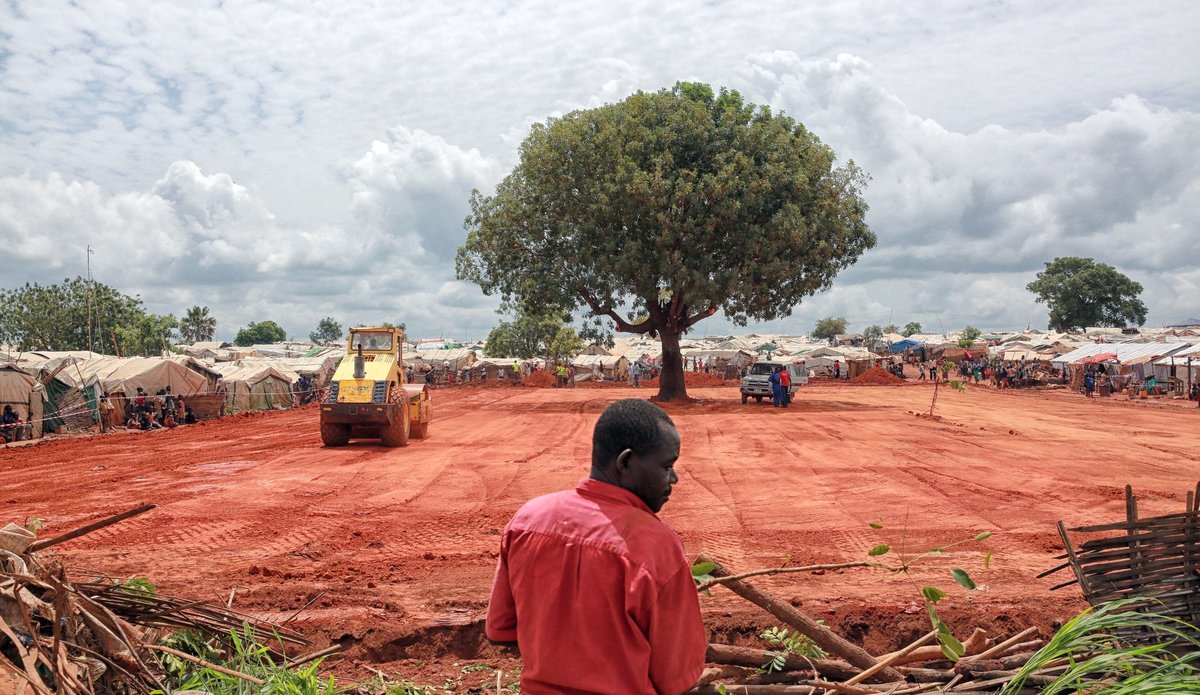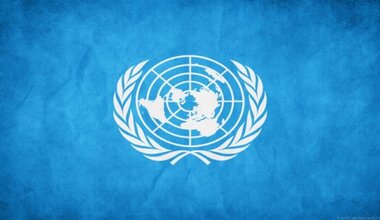Reorganization of Wau Protection of Civilians site improves safety and living conditions for internally displaced people
For children living in the United Nations Protection of Civilians site at Wau, there is little space to play or to find a quiet place to be alone.
The camp in the Western Bahr El Ghazal region is the most congested in South Sudan with 39,000 internally displaced people sheltering on just 200,000 m2 of land.
The site was established when civil war broke out in 2016. However, in April this year, a fresh outbreak of violence prompted a sudden surge of people seeking sanctuary, forcing residents to live within a ratio of one to five square meters of space per person compared to the 30 square meters seen as the ideal in an emergency setting.
“The 13,000 people who came during the influx in April are now living in an area that, before now, was a contingency area, an area used for food distribution, for emergency influxes. That is now full,” said Ashley McLaughlin from the International Organization for Migration (IOM), which manages the camp. “It is really a dire situation. As the rainy season progresses, the spread of malaria is a concern. You also worry about fire breaks for poorly organized areas.”
The site is being reorganized to ensure that people have access to humanitarian services, that it is safer, that they live in more advanced shelters, and that drainage infrastructure can continue to be rehabilitated.
The process involves moving groups of 1500 internally displaced people at a time to a new area while their shelters are dismantled, the land is levelled, and new drainage and shelters are built.
“Most IDPS have told us that security is their main concern. They are in the POC site because they do not feel safe going home and staying in their houses at the moment,” said Ashley McLaughlin. “That is really our primary concern. Security is why people are in the POC site and we are providing humanitarian assistance the best we can, but ideally, better security and peace in the country is what is going to motivate people to go home and resume their lives as before.”
UN Police (UNPOL), peacekeepers and 200 volunteers, who have formed a community watch group, provide security at the camp. Those numbers are being boosted to cope with the population increase with an additional 90 members of a Formed Police Unit joining the existing 60-strong UNPOL contingent.
The reorganization of the site will also improve the safety of residents by increasing access to all areas.
“We are increasing our foot patrols and vehicle patrols inside the POC site,” said UNPOL POC site coordinator, Stephen Kirn. “We are opening additional access points for the IDPs to come in and out and for the search operations for the items that are being brought into the POC site and we also maintain an area around the POC site where we patrol to ensure that no criminal activity comes inside the POC site.”
During a recent visit to Wau, the Head of the United Nations Mission in South Sudan, David Shearer, described plans for a new approach to shift the protection and humanitarian focus over time from the POC and other camps back to the community.
“What we have to do is work with the local authorities to make the situation on the ground feel that much safer, to have maybe backup there, to have our patrols working at night as well as during the day,” said David Shearer.
The new model of cooperation would involve peacekeepers and humanitarians working together intensively with local authorities, police and national security services to provide a secure and supported environment in communities so people can feel confident enough to return to their homes.
 UN
UN United Nations Peacekeeping
United Nations Peacekeeping





